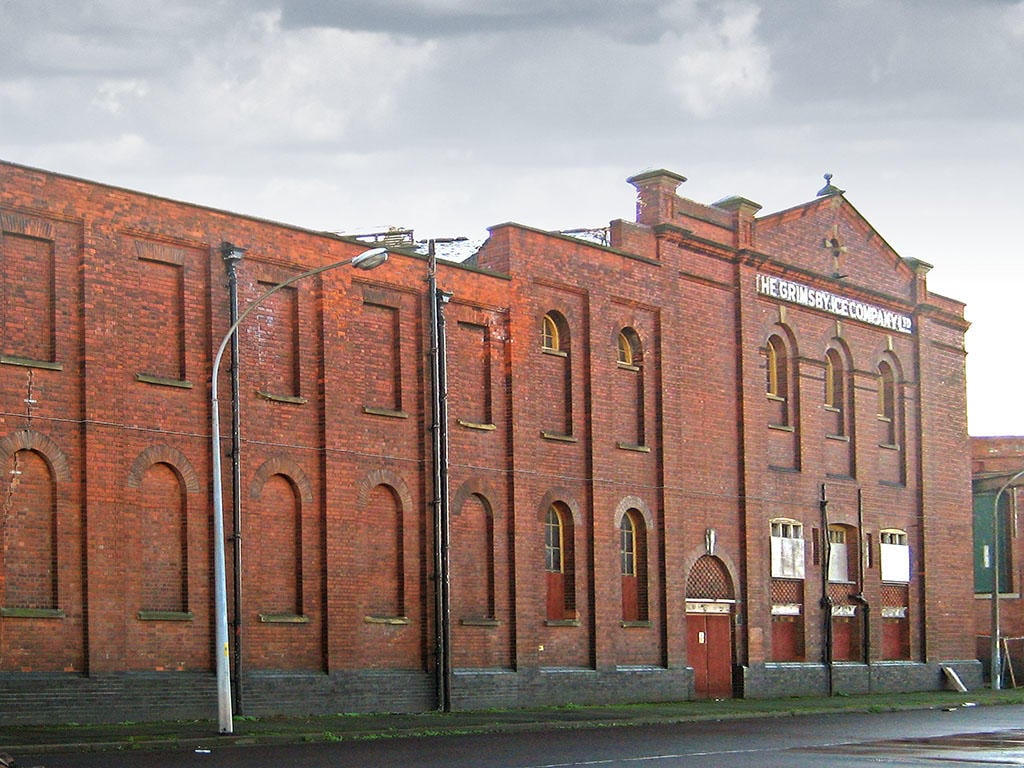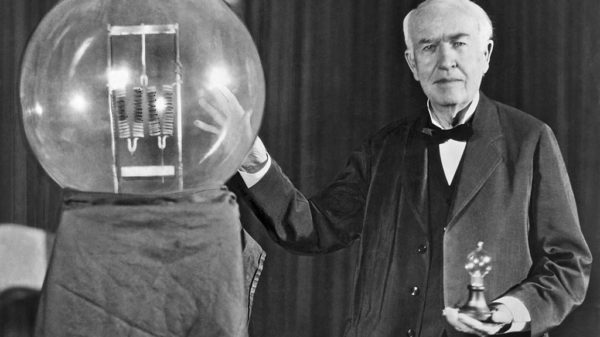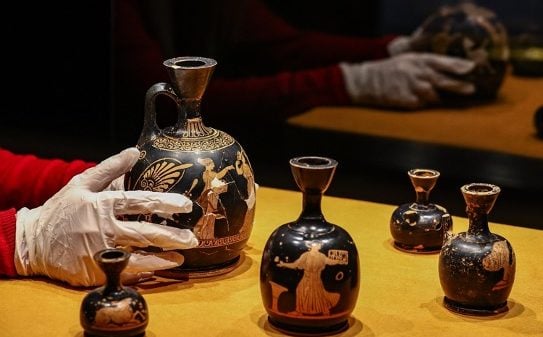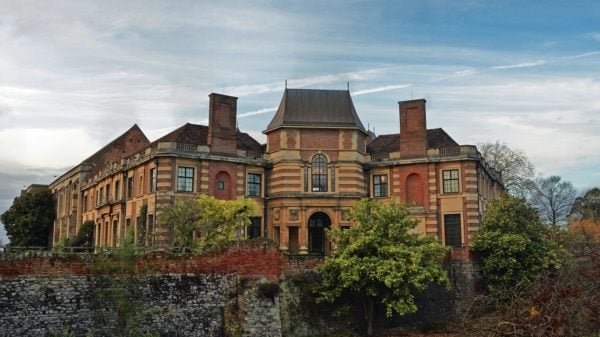You can find many historical buildings worldwide that are still standing up to this day. Examples of well-known buildings are the Royal Albert Hall, Palace Westminster, Cliveden House, and Victoria Law Courts, to name a few. You need to know that the historical buildings share one thing in common: they are from the Victorian era.
One surviving Victorian-era building is the Grimsby Ice Factory, located in Grimsby, United Kingdom. You can find that it is one of the most iconic buildings to ever stand in the UK because of its unique heritage and international importance.
The Legacy of the Grimsby Ice Factory
It is the earliest and largest well-known existing ice factories worldwide and is also a survivor from the current period to retain its machinery. The factory was built for one purpose, and that was to become a place where ice was made and distributed to nearby areas. It started operations in the early 20th century, yet the ice factory’s main feature is its Victorian industrial architecture style. There are not too many industrial buildings that still stand today, and it was all thanks to local activists that prevented the demolishing of the Grimsby ice factory after it was closed in 1990.
The Fishing Trade Expansion
The development of the Grimsby Docks and the railways in 1848 led to the sudden increase in the fishing trade. To prevent the fish from getting spoiled, fishers and merchants needed to have easy access to large ice blocks to preserve them. Even the local ice manufacturers could not supply enough ice to them because of the amount of fish. Soon after, the Grimsby Ice Company was made to supply tons of ice and help the fishing trade. The construction started in 1900, expanded ten years later, and was at its high point in the 1950s. The Grimsby ice factory was making at least 1,200 tons of ice each day, making the company profitable. Back then, Grimsby was the busiest fishing port worldwide, which is why the town became wealthy. Most of Grimsby’s profits came from the ice factory alone.
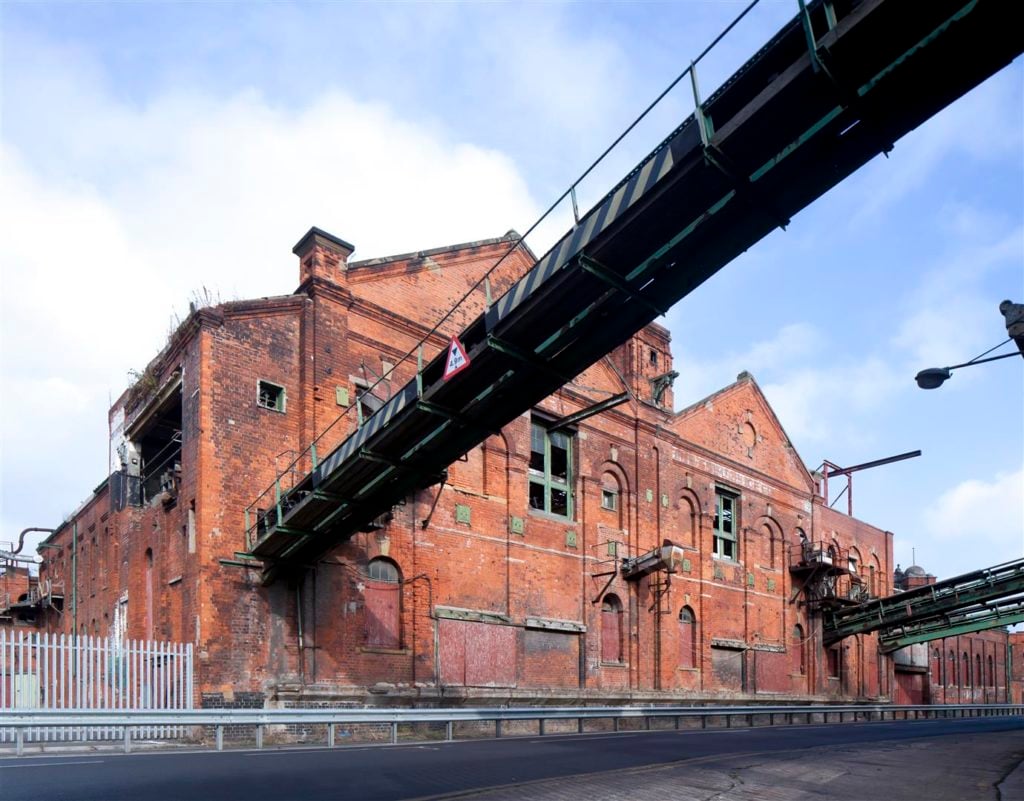
A photo of a section of the Grimsby Ice Factory showing the conveyor belts for transporting large blocks of ice.
The Closure and Preservation of the Ice Factory
Ever since it was identified as a building risk in 1992 on the English Heritage “Heritage at Risk” register, the ice factory was soon to be demolished. The roof has tons of open spaces, susceptible to rainwater penetrating and damaging the machines inside. Thieves also stripped building materials from the structure, which worsened the building’s deterioration.
However, there were talks about the nearby residents whether the ice factory would be demolished since it was an eyesore or be preserved for the later generations. The ice factory still stands today and ended getting support from well-known organizations, including SAVE Britain’s Heritage, The World Monuments Fund, The Prince’s Regeneration Trust, Europa Nostra, The Council for British Archaeology, and The Victorian Society.


